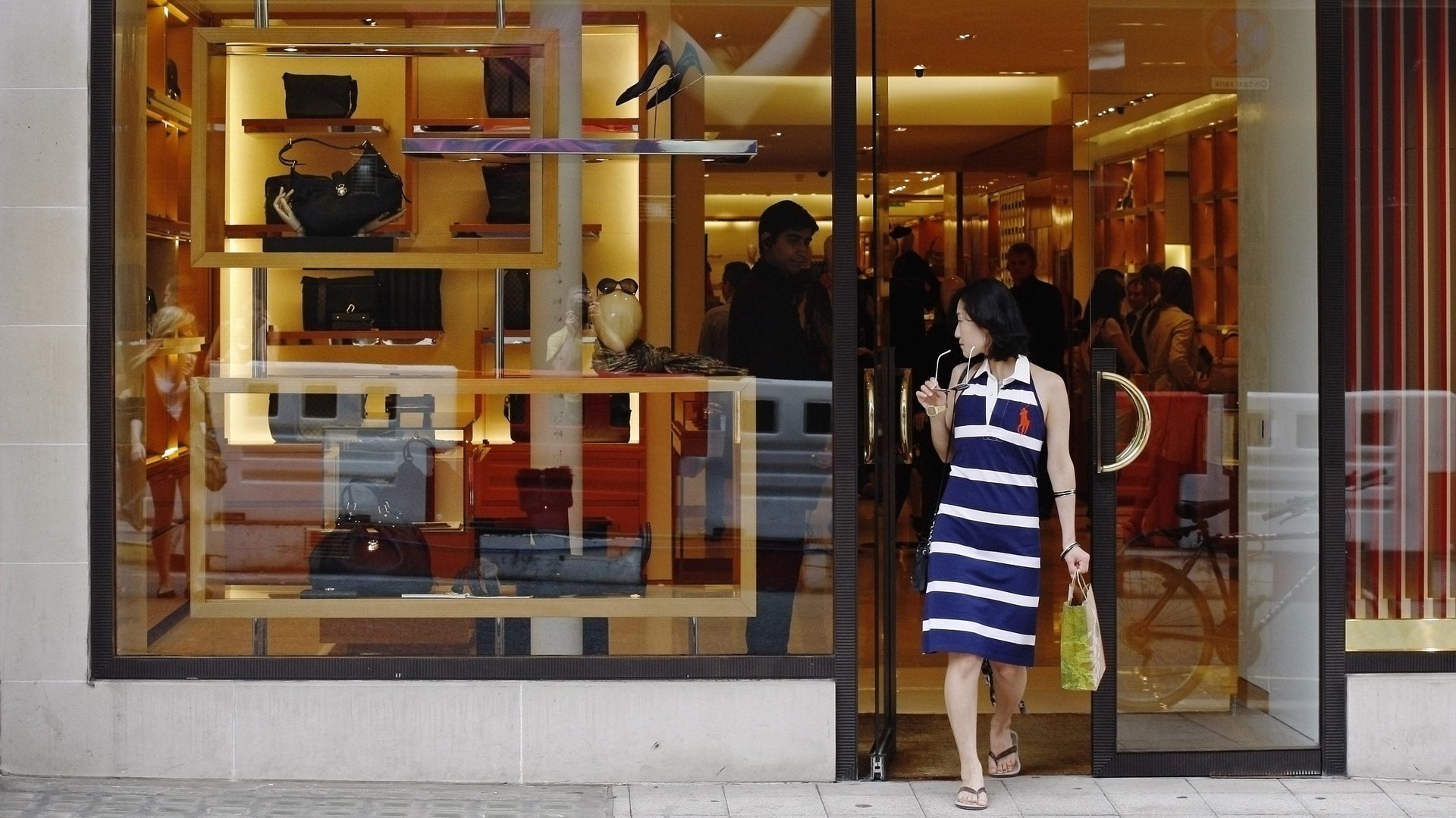Bored Chinese consumers spent a national holiday on a shopping spree in China’s Hawaii
China’s National Day holiday is a seven-day break intended to commemorate the founding of the People’s Republic of China. Some bored consumers who might otherwise have gone overseas used the opportunity to go on a shopping spree in Hainan, a popular island destination seen as the country’s Hawaii.


China’s National Day holiday is a seven-day break intended to commemorate the founding of the People’s Republic of China. Some bored consumers who might otherwise have gone overseas used the opportunity to go on a shopping spree in Hainan, a popular island destination seen as the country’s Hawaii.
The southern island is well known for its duty-free shops, which sell imported luxury goods ranging from cosmetics to designer bags. During the first six days of the national day holiday, sales at nine duty-free shops in Hainan reached 1.63 billion yuan ($254.4 million), a 75% increase from last year, and a 359% increase from 2019, according to the local newspaper Hainan Daily.
In addition to luxury shopping, people also went to cinemas to watch patriotic war films such as the Battle at Lake Changjing, which tells the story of how Chinese soldiers defeated Americans during the Korean war. China’s box office revenue reached around 4.2 billion yuan as of Thursday, compared to around 4 billion yuan for last year.
Most of China’s outbound travel has stopped since the pandemic started in the country early last year. The surge in spending on luxury goods suggests that some confined shoppers are feeling increasingly comfortable shifting their love of purchasing foreign goods from overseas to home—not that brand-obsessed consumers have had much of a choice.
“Red tourism” grows in popularity
China has few national holidays, and the National Day break, which spans from Oct. 1 to Oct. 7, is known locally as a “golden week.” In the past, many would use the week to go sightseeing and shopping in tourist sites at home and overseas. But the country has maintained its strict Covid-zero policy, and recently imposed fresh lockdowns in some places. Schools have also urged teachers and students not to leave their home cities to avoid catching the virus.
As a result, there was a 1.5% drop in domestic trips made during this period from a year ago to 515 million domestic trips—the lowest number in years—as more people chose to stay home this year compared to last year, either due to lockdowns, or to avoid the hassle of contact-tracing apps and Covid-19 tests. Tourism revenues saw a 4.7% decrease from 2020 to 389.1 billion yuan ($60.3 billion), according to China’s Ministry of Culture and Tourism.
The full impact of China’s virus curbs, ramped up in July, will be revealed in the country’s third quarter GDP numbers released on Oct. 18.
Despite the overall sluggish performance of tourism, one subcategory got traction during the seven-day break: the number of visitors to so-called “red tourism” sites—places of historical significance to the Chinese Communist Party.
While the concept of patriotic tourism has been around for years in China, interest in it has been growing alongside the country’s rising nationalist sentiment. Lv Ma Ma, an online Chinese tourism agency, said the number of visits to red-tourism-related sites booked on its platforms increased by 33% during the holiday compared to 2019. Another Chinese online booking platform, Qu Na Er, said customers aged below 25 account for around 20% of people who booked patriotic travel-related products for the national day holiday this year, a record high in recent years.